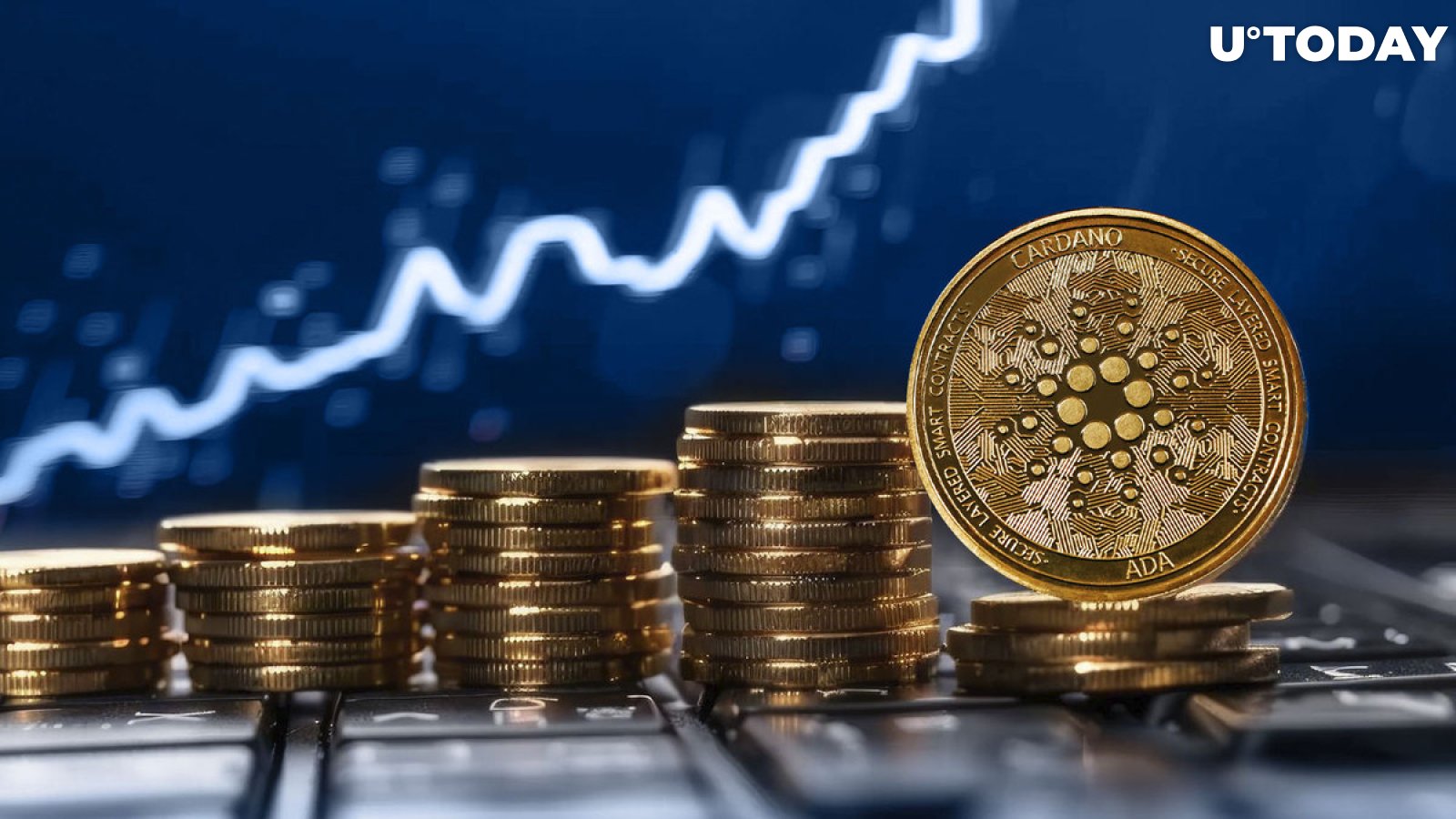Cryptocurrency scams are on the rise, but Binance isn’t sitting idly by. They’ve launched a powerful tool to tackle one of the sneakiest scams out there: address poisoning.
Let’s break down what it does and how it works.
How Binance’s Anti-Scam Algorithm Works
Using advanced security mechanisms, Binance has recognized millions of fake addresses across BNB Smart Chain and Ethereum, stopping real-time threats. The program timestamps malicious behaviour by examining suspicious transactions and connecting them with possible victim addresses, revealing address-poisoning origins.
Binance believes that impersonating a valid Ethereum address like 0x19x30f…62657 can be done by using a similar-looking 0x19x30t…72657, which differs in the middle but retains the first and last few characters
User Safety Comes First!
To mitigate the losses, Binance quickly registers faked addresses in a database with HashDit, a major Web3 security service. This collaboration helps other crypto service providers improve security and safeguard people from similar scams.
A recent address-poisoning scam cost an anonymous trader $68 million, emphasizing the need for preventative safeguards. The cash was recovered, demonstrating the need for strong security protocols in protecting user assets.
Closing the Loopholes
Scammers thrive on loopholes, and one big gap is how traders verify wallet addresses. Many simply glance at the first and last digits, making it easy for scammers to slip in fake addresses using vanity address generators. Binance’s move to beef up security sends a clear message: it’s time to rethink how we verify addresses to stay one step ahead of the scammers.
Binance’s anti-scam algorithm is a game-changer in the fight against address poisoning scams. While the nitty-gritty details might be under wraps, its track record speaks for itself.
Feeling secure with Binance’s new solution? Stay tuned for more updates.







